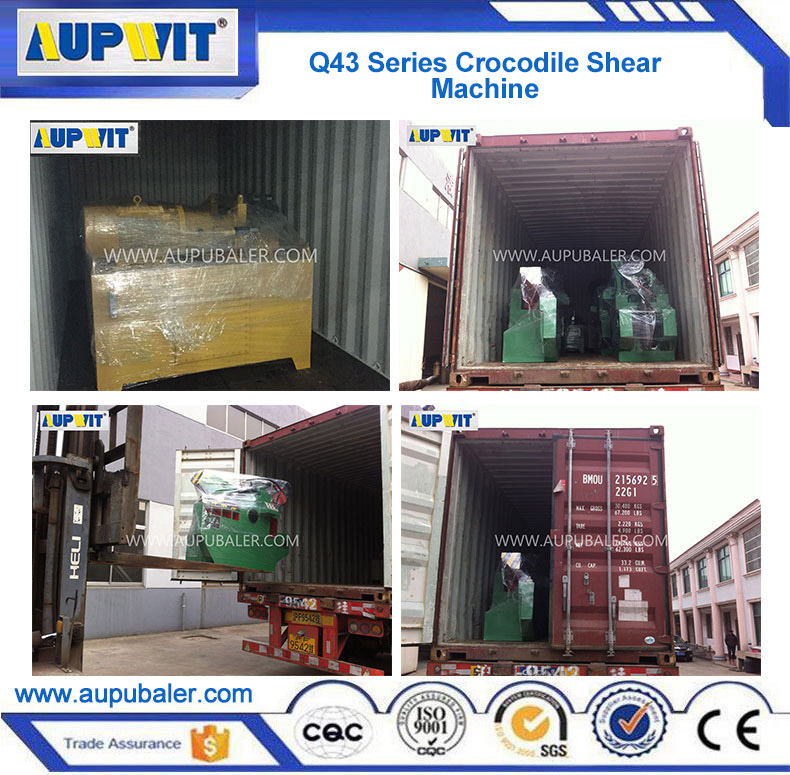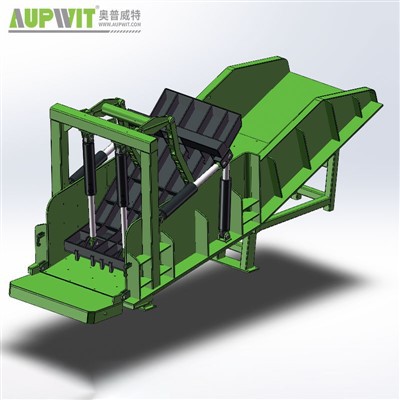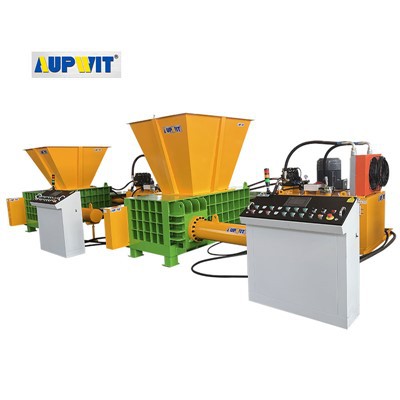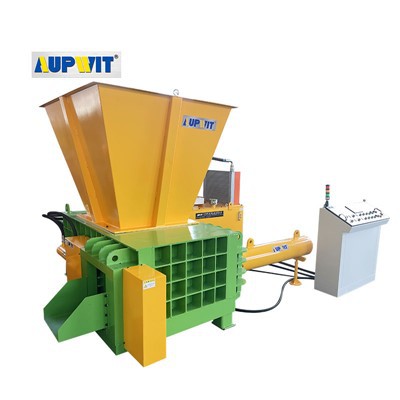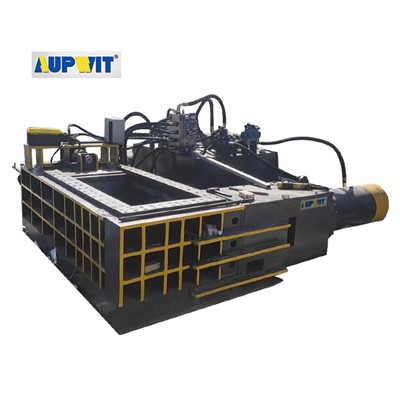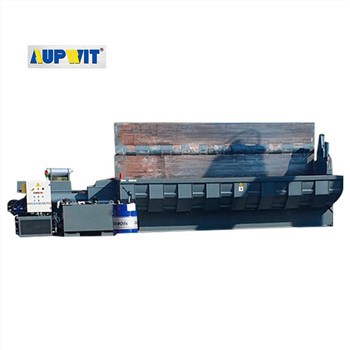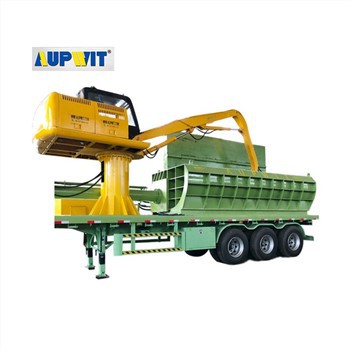1. Optimize the cutting process
According to the characteristics of the metal material and the cutting requirements, reasonably select parameters such as cutting speed, feed rate and cutting depth. Avoid excessive cutting speed or feed rate to cause motor overload and increase energy consumption. At the same time, ensure the matching of cutting parameters to improve cutting efficiency, reduce cutting time, and thus reduce overall energy consumption.
2. Regularly maintain the equipment
Maintaining the good condition of Metal Shear is the key to reducing energy consumption. Regularly check and clean the equipment to ensure the normal operation of each component and reduce energy loss caused by friction, jamming and other problems. For example, clean the debris and oil on the cutting head and guide rails in time, and lubricate the transmission parts regularly to reduce the friction coefficient and improve the transmission efficiency.
3. Choose efficient tools
Using sharp and wear-resistant tools can reduce the cutting force, thereby reducing the load on the motor and reducing energy consumption. High-quality tools can cut metal more smoothly, reduce tool wear and replacement frequency, and also help improve cutting quality and efficiency.
4. Reasonable production plan
Try to concentrate on cutting tasks and avoid frequent starting and stopping of equipment. Because the equipment usually consumes a large current when starting, frequent starting will increase energy consumption. In addition, adjust the running time of the equipment reasonably according to production needs to avoid long-term idling of the equipment.
5. Optimize equipment configuration
Select Metal Shear equipment with appropriate power according to actual production needs. If the power of the equipment is too large, it will cause energy waste while meeting production requirements; if the power is too small, it may cause the equipment to overload, which will not only increase energy consumption but also affect the life of the equipment. At the same time, you can consider energy-saving transformation of the equipment, such as using energy-saving motors, optimizing electrical control systems, etc., to improve the energy efficiency of the equipment.
